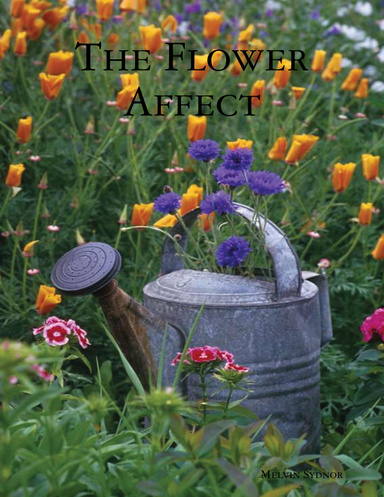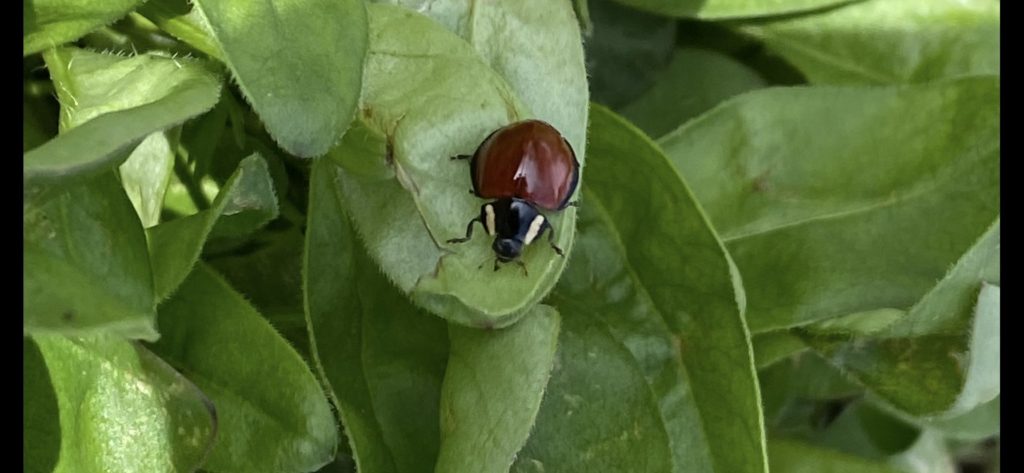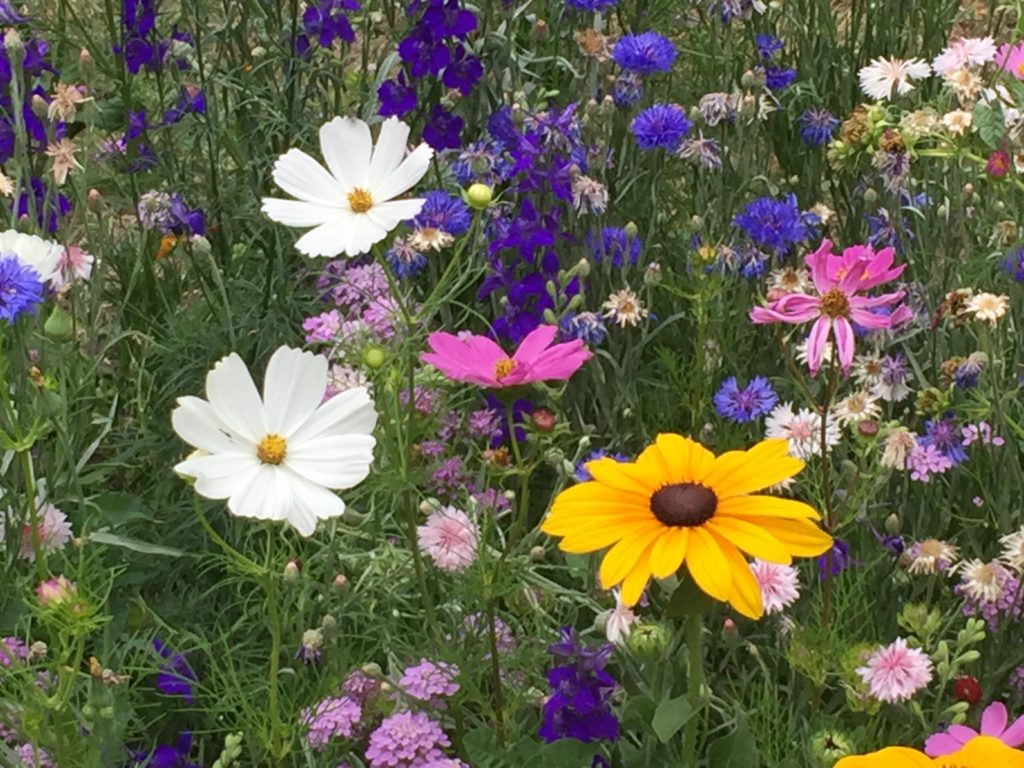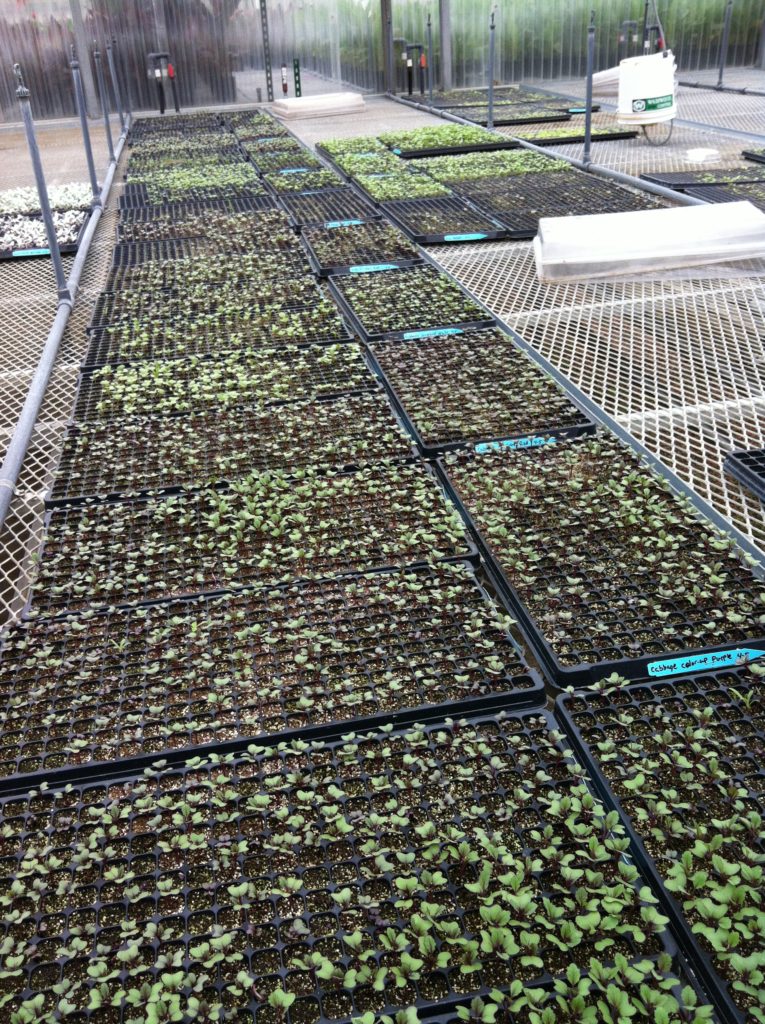
Happy Mothers Day! It’s time to plant in zone 4 and we’ll start with our featured flower of the month Lobularia. Lobularia is a genus of flowering plants belonging to the Brassicaceae family, closely related to the genus Alyssum. Originating from Macaronesia and the Mediterranean region, these plants are known for their ability to thrive in rocky, sunny areas along the coast. Lobularia species, which include annuals and perennials, are recognized for their hairy oblong-oval leaves and clusters of fragrant white flowers that form a cruciform shape. The most popular among them, Lobularia maritima, often referred to as sweet alyssum, has been widely naturalized across temperate regions of the world. Cheers










